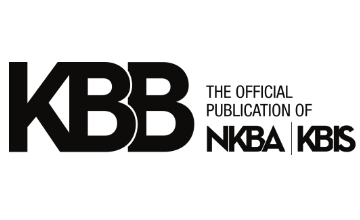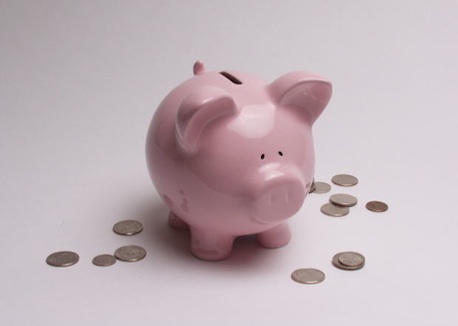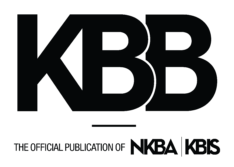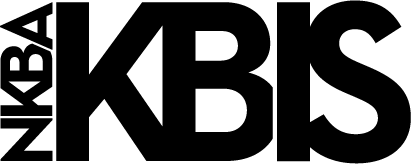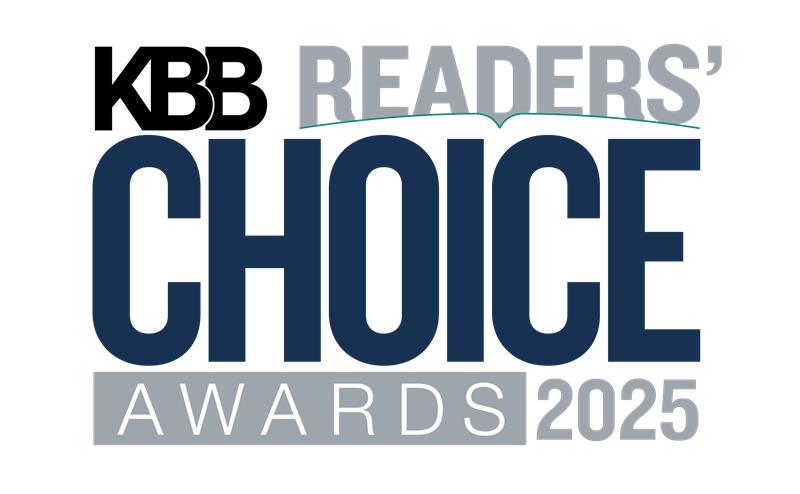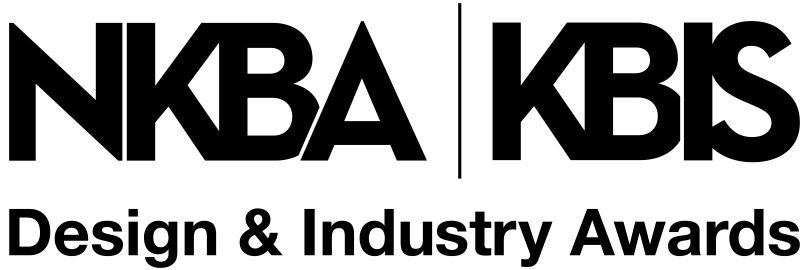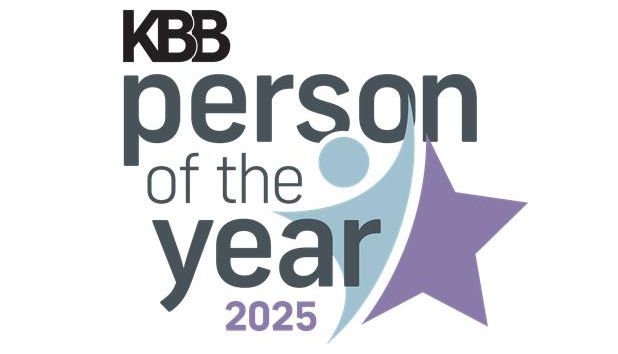Saving money and being more energy efficient is a goal of many homeowners. Why not add it to your resolutions for 2013? The Energy Education Council has created a list of tips on how to save energy in many areas of the home this year.
“Becoming energy efficient doesn’t mean sacrificing comfort, and you don’t need to buy anything to start saving money,” said Molly Hall, executive director of the Energy Education Council. “To begin, all you really need is an understanding of how you use energy and how you can use less while maintaining or even improving comfort.”
The Energy Education Council offers these following tips:
- Open drapes on sunny days to allow the sun to warm your home, and close them at night.
- Make sure the fireplace flue is closed when not in use.
- Set your thermostat lower in the winter (higher in the summer) when you can accept cooler (warmer) conditions, including nighttime and whenever you leave your home for several hours. Or use an Energy Star programmable thermostat that you can set to automatically adjust.
- Many water heaters work all day to keep water hot. This “stand-by” water accounts for a large part of water heating costs, which can add up to 14 percent of the overall energy costs in the average home. Help decrease this cost by setting the water heater’s temperature to 120 degrees. Clothes can also be washed in cold water and showers shortened to conserve warm water.
- A drying rack (or for warm weather, a clothesline) can help you dry clothes without the dryer. When using the dryer do not over-dry clothes, and use a moisture-sensor if your machine has one.
- Electronics use power whenever they are plugged in, even if they are not in use. To decrease the amount of energy wasted in this process, use a power strip, so you can shut off multiple electronics that are not in use.
- When replacing bulbs, choose energy-saving light bulbs. Compact fluorescent lamps (CFLs) and LEDs use significantly less energy than traditional incandescent lamps and do not need to be replaced as often. LEDs and incandescent lamps are not affected by being turned off; however, CFLs lives are shortened by frequent on/off switching. To preserve the lifespan of CFLs, only turn them off if you will be gone for more than 15 minutes.
- When purchasing new electronics, look for Energy Star products. Some are more expensive upfront, but in the long run you will save money through decreased energy costs.
- Put a water heater blanket on your older water heater to help water in the tank stay hot.
- Apply rope caulk to very leaky window frames, where significant energy loss may occur from air infiltration.
- In most homes, heating and cooling is the biggest portion of energy spending. For the average home, it adds up to 46 percent of the energy bill. Proper insulation is one of the most effective ways to increase energy efficiency. Find out what level of insulation is recommended for your area at EnergySavers.gov.
- Seal up the largest air leaks in your house. The worst culprits are usually plumbing penetrations, gaps around chimneys, recessed lights in insulated ceilings, and unfinished spaces behind cupboards and closets.
- Insulate hot water pipes and ducts wherever they run through unheated areas.
For more information on home efficiency, visit EnergyEdCouncil.org.
